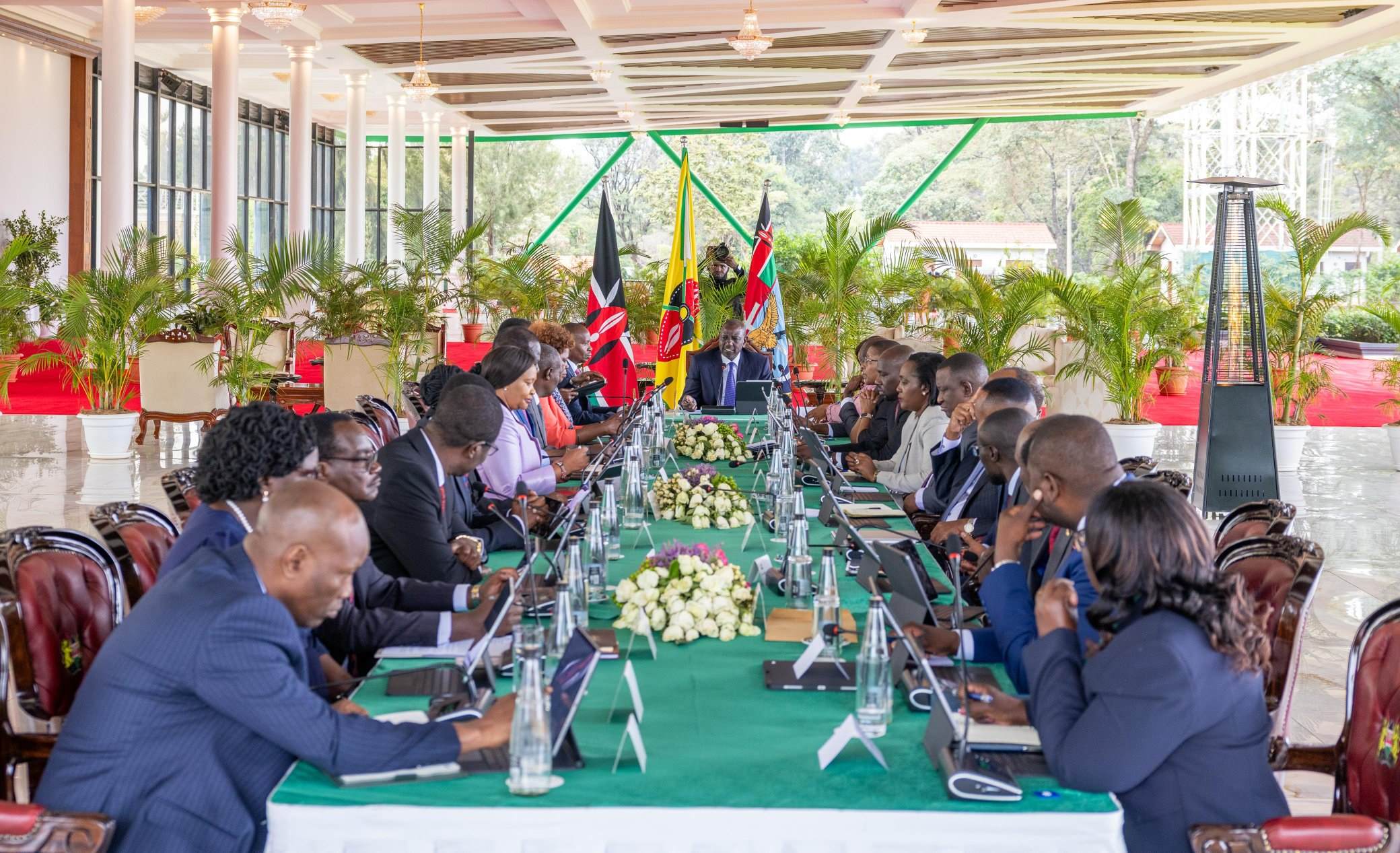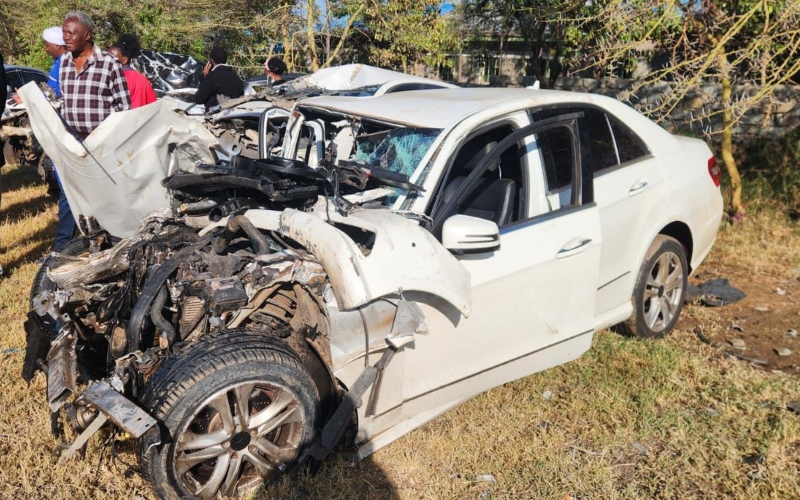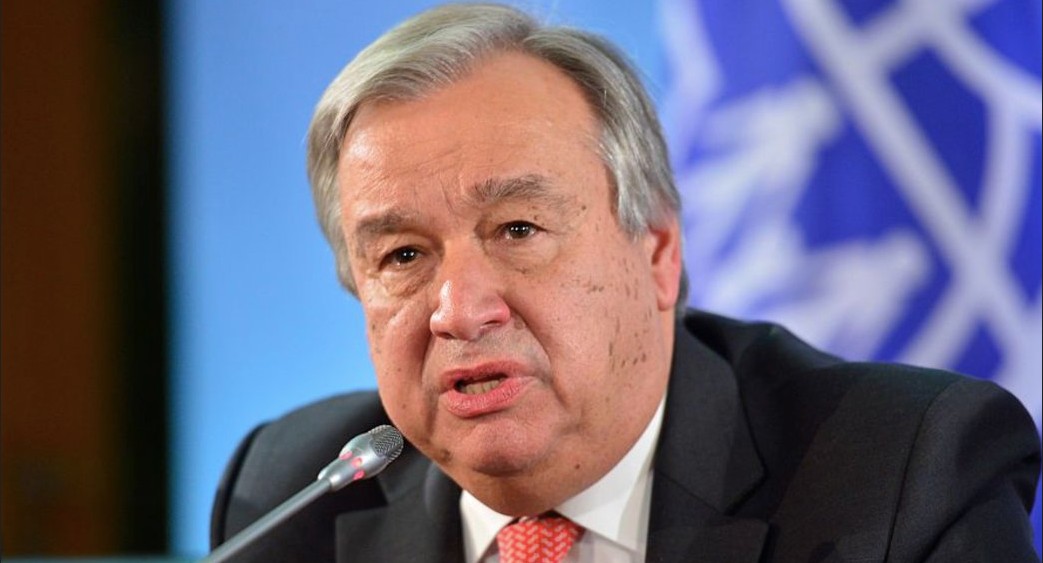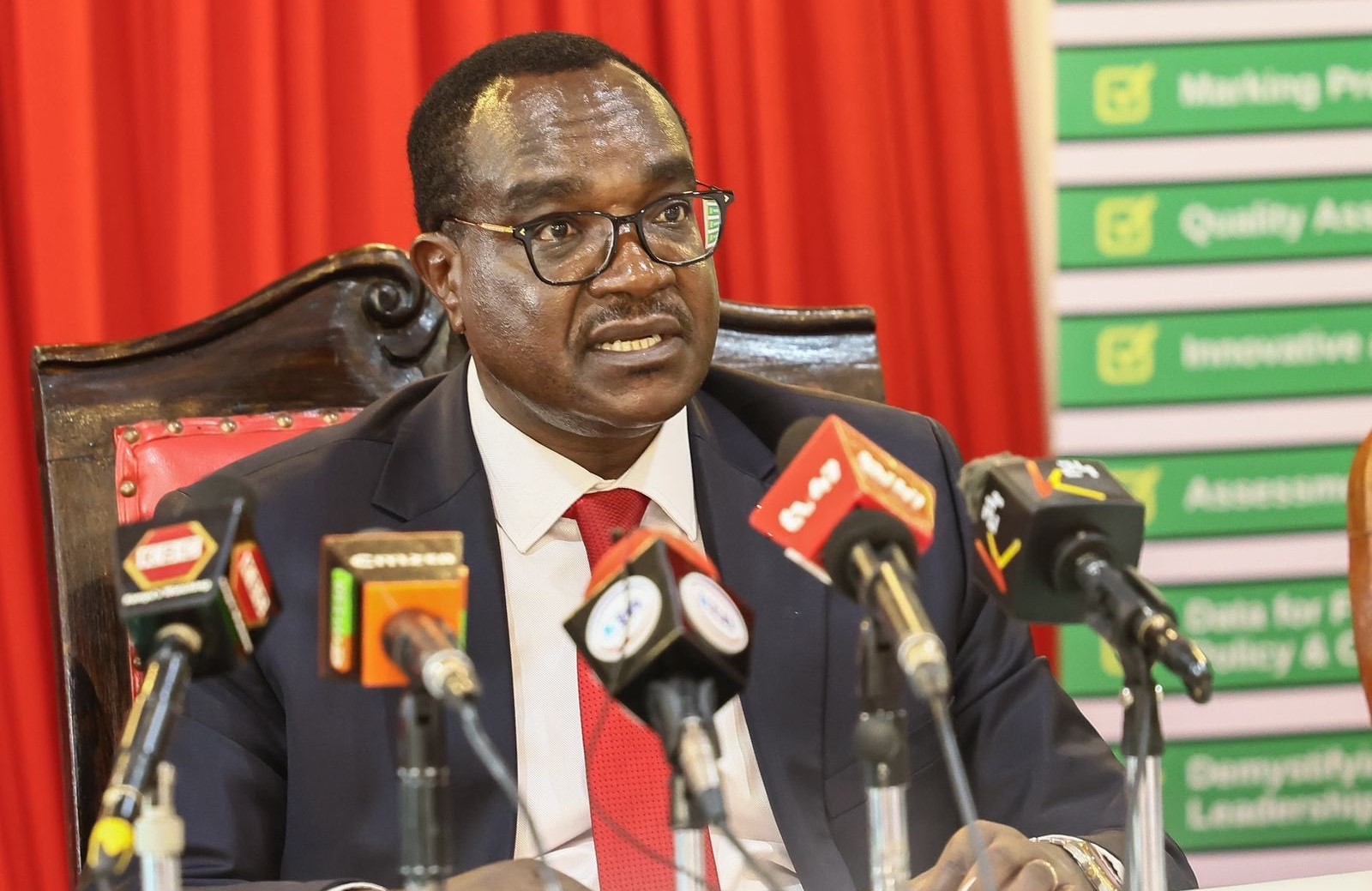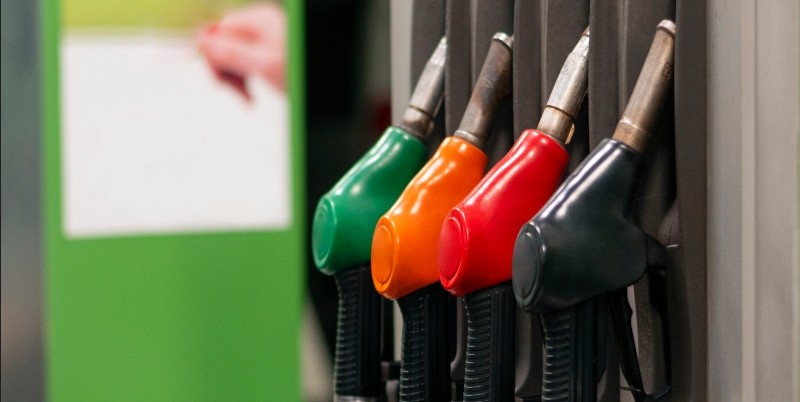North Eastern third highest electricity consumer in Kenya
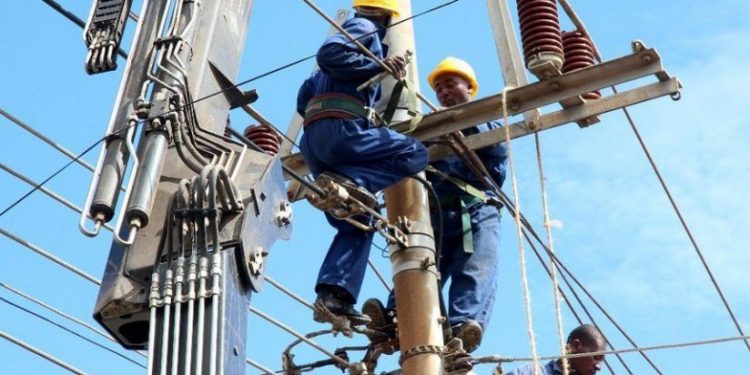
The region’s consumption is the third highest in the country, following Nairobi, which has the highest at 4,346GWh, or 45.5 per cent of the total sold by the utility.
North Eastern has the third highest power consumption in Kenya, beating regions including Mt Kenya, Rift Valley, Nyanza and Western, data from Kenya Power shows.
Customers from North Eastern consumed 1,039 gigawatt-hours (GWh) of electricity in the year to June 2023, which is 10.8 per cent of Kenya Power's total power sales of 9,539GWh in the period.
More To Read
- Consumers to get more units for less as electricity tariffs decline
- Auditor General flags Kenya Power for missing 30 per cent tender quota for youth, women, and PWDs
- Kenya’s electricity demand hits all-time high of 2,439 MW, straining power generation capacity
- State agencies, counties owe Kenya Power Sh4.67 billion in unpaid bills - Auditor General
- Kenya Power ends manual applications, new connection requests exclusively via website
- Over 16,000 in the dark as Kenya Power struggles to procure essential meters, transformers
According to Kenya Power’s categorisation, the region covers what were once the North Eastern and Eastern provinces.
The region’s consumption is the third highest in the country, following Nairobi, which has the highest at 4,346GWh, or 45.5 per cent of the total sold by the utility, and the Coast region, at 1,800GWh, 18.8 per cent of the total.
North Eastern’s consumption is higher than that of Mt Kenya (548GWh), Central Rift Valley (840GWh) and North Rift (349GWh).
South Nyanza consumed the least amount of electricity in the period after buying just 137GWh from Kenya Power, while West Kenya consumed 479GWh.
Many customers
The high power consumption in North Eastern is linked to its state as the region with the second highest number of Kenya Power customers.
By June 2023, Kenya Power had 6.99 million customers, excluding 2.21 million, who are connected via the Rural Electrification Programme (REP).
The company has 993,941 customers in North Eastern and the highest number - 2.82 million - in the capital city, Nairobi.
Other regions with high Kenya Power customer numbers include Mt Kenya (678,590), Central Rift (676,673) and the Coast (657,401). West Kenya has 553,932, North Rift 401,965 and South Nyanza 215,150.
Kenya Power has been expanding its network rapidly over the last 10 years, significantly increasing the number of people connected to the grid.
Last year, the company connected 318,217 new customers, bringing the country’s power connectivity rate to 75 per cent even as the government races to achieve universal electricity access by 2030.
Further, during the year, Kenya Power initiated a hybridisation project of four existing off-grid thermal stations in the Northern Eastern region, which have renewable energy sources .
However, many consumers especially poor families and power-intensive manufacturers, are struggling to pay electricity bills as prices continue to rise, adding to the burden of the high cost of living.
Top Stories Today
